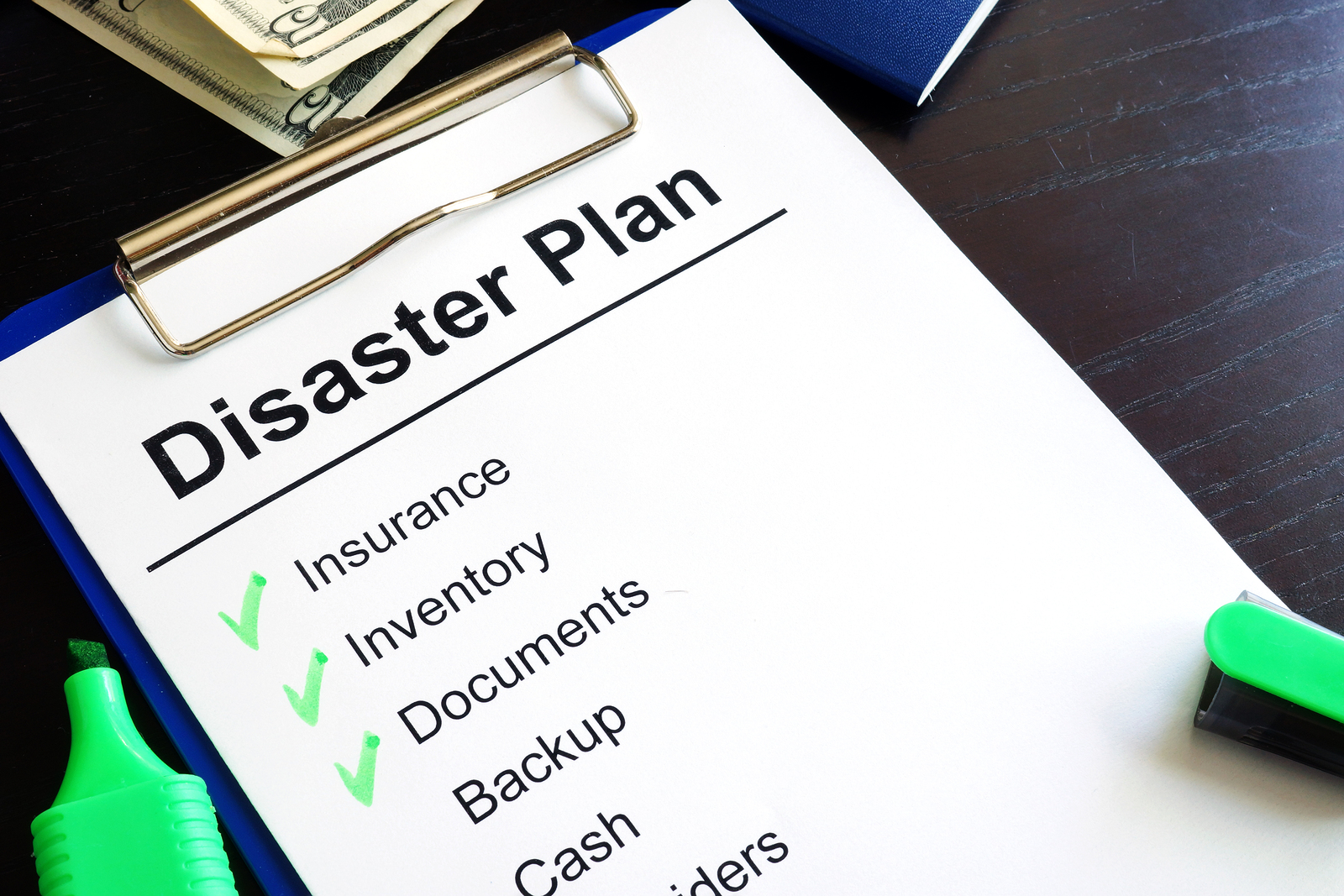In 2017, a total of 16 disasters in the United States caused an estimated $306 billion in damage, according to the National Oceanic and Atmospheric Administration (NOAA).
Residents of Montana bore the brunt of wildfires that raged across more than 1 million acres. Californians suffered from fires, as well as flooding and massive mud slides, while hurricanes Harvey, Irma and Maria devastated homes in Texas, Louisiana, Florida and Puerto Rico.
Many disaster-area residents lacked homeowners insurance and, of those who had policies, many had no idea of how to account for their losses. Trying to recall every single item they owned was nearly impossible.
Living in an area not designated as disaster-prone leads to complacency, a dangerous attitude when fires, theft and other losses can happen anywhere, at any time.
Be prepared by taking stock of your belongings, now.
“If you’re going to insure your property and pay for that insurance, you really should be able to document the ownership and the value of the items that you’re insuring,” Mark Goldwich, author of “Uncovered: What Really Happens After the Storm, Flood, Earthquake or Fire” tells houselogic.com’s Gwen Moran.
“If you don’t have proof of the items you owned, it makes filing your claim much more difficult,” he concludes.
There are several ways to create a home inventory, and we’ll get into some of them in a moment. First, however, learn what your insurance company will want to know about these items.
- Description of item
- Quantity
- Manufacturer
- Make/model/serial number
- Date Purchased
- Estimated or Appraised value
- Appraisal Company
- Where Purchased
- Appraisal Date
- Appraiser Contact Information
Ways to create a home inventory
- Create a video of possessions – narrate the important points of each item as you film it from all angles. Zoom in on the model and serial numbers.
- Photographic documentation – Take photos of each item and make notes on the back of each.
- Go old school and use an inventory checklist. You can find them online at allstate.com, nycm.com and homeinsurance.com.
Keep it safe
All the time and effort spent documenting your home’s inventory is wasted if the documentation goes up in flames during a fire or disappears if your computer is stolen.
Store your digital media online with a cloud backup service such as IDrive or BackBlaze. Read reviews of these and several similar services online at pcmag.com.
Although these services are quite inexpensive, a more budget-friendly way to store your valuable inventory information is to save the information to a USB drive and then lock it up off-site, such as in a safe deposit box.
Tips from the experts
- The Insurance Information Institute recommends that you categorize clothing when you count items. For instance, “5 pairs of jeans, 3 pairs of sneakers…”
- They also remind you to include items that are stored off-site, such as at a storage facility. These items are typically covered by your homeowners insurance.
- Keep receipts and copies of appraisals for expensive items.
- Don’t try to do too much of the inventory at once. If you become overwhelmed by the scope of the inventory project, you’ll be reluctant to return to it to get it finished.
Check coverage on big ticket items. Jewelry, art and collectibles may have increased in value and may need special coverage separate from your standard homeowners insurance policy.
While you’re making your home inventory list, check with your agent to make sure you have adequate insurance for these items before there is a loss.
Again, don’t allow yourself to become overwhelmed. Once you’ve started your inventory, keep going even if you can’t get it all done immediately. It’s better to have an incomplete inventory than nothing at all.


